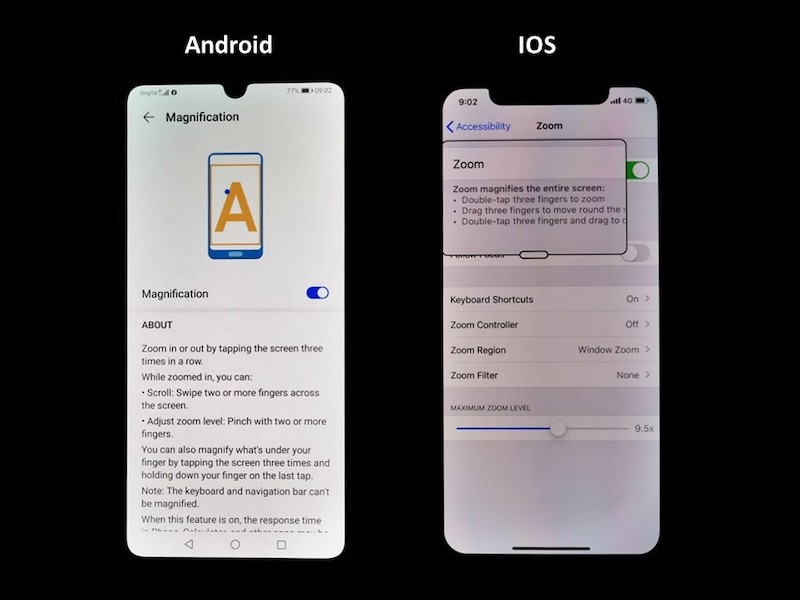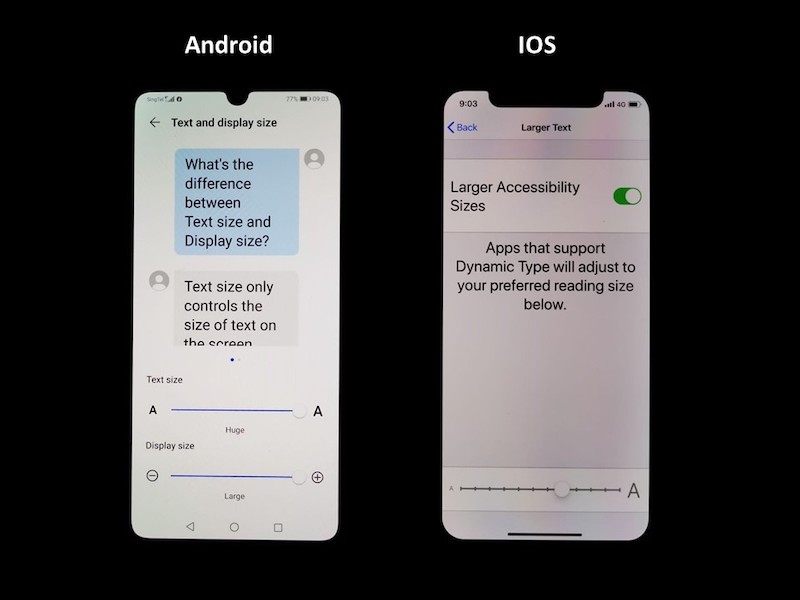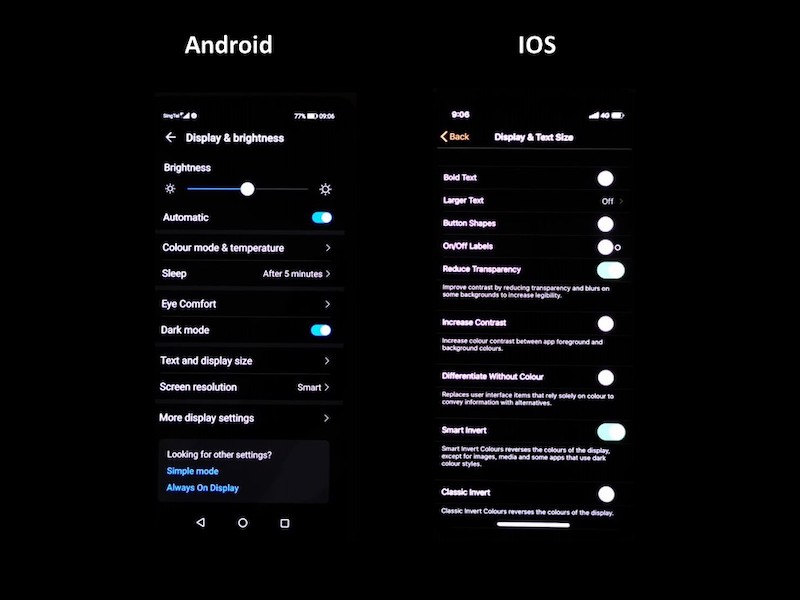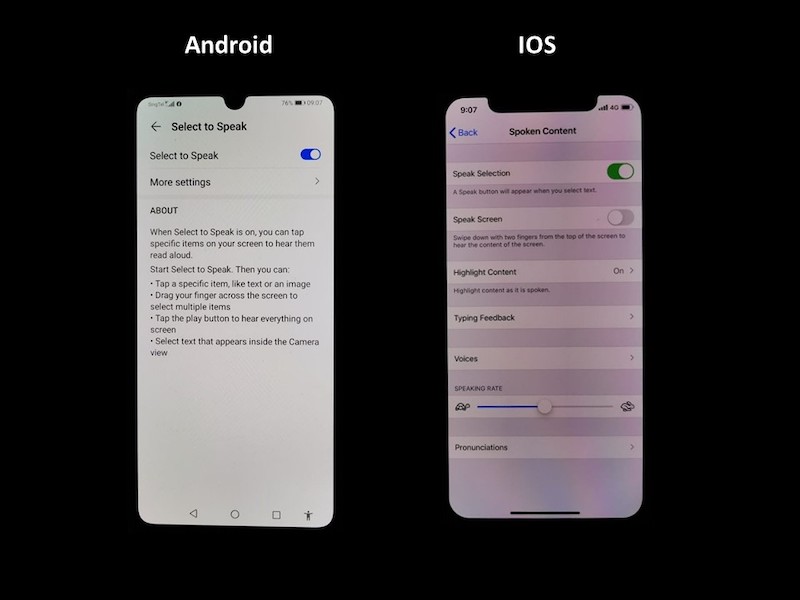Aids for those with low vision
There are optical aids and other ways where one with low vision can continue to live independently.
Low vision refers to vision impairment that cannot be improved by glasses, contacts lens, medication or surgery. A person with low vision can have a variable extent of vision loss ranging from reduced vision clarity, difficulty seeing in the dark and/or glare sensitivity which affect his or her functioning in daily living.
It is estimated that 1.5 percent of Singaporeans are living with low vision. Low vision can happen at any stage in life but it is more common in the elderly due to age-related eye conditions.
People with low vision have remaining useful vision that allows them to continue to do things that are important to them. With the help of low vision aids and other ways, these can help many people living with low vision to continue to lead a life of independence.
Optical aids
These aids generally magnify the object of interest so they become visible and readable. They come in a wide range of power for different magnification.
Here are the types of optical aids:
High-addition readers – They are to be worn like conventional eyeglasses however, the object of interest has to be held at a much closer distance. It is normally used for reading, threading and close-up tasks that requires both hands to be free from holding an additional magnifier.

High-addition readers.
Hand-held magnifiers – Hand magnifiers provide varying levels of magnification of text with or without added LED illumination for an easier reading experience for individuals with low vision. These can be used without reading glasses.

Hand-held magnifiers.
Stand magnifiers – They are to be placed on the reading material that you are looking at. Magnifiers like these work best with reading eyeglasses and they are useful for those with shaky hands. Some of them come with build-in light (LED).

Stand magnifiers.
Telescopes – They are used to see objects or sign boards that are far away. Some can be attached onto spectacles while some can be held like binoculars.

Telescopes.
Electronic magnifiers
An electronic magnifier uses a camera to enlarge images digitally. The images can be magnified according to visual demands and contrast adjustments can be digitally manipulated to reduce eye fatigue when reading.
Portable video magnifiers – These are small enough to be brought around which can be good for tasks like reading newspapers, mails, price tags and food labels. They offer high definition images that can be magnified according to visual demands.

Portable video magnifiers.
Desktop video magnifiers (CCTV) – They are similar to the portable video magnifiers except being bigger in size. This desktop version has the screen supported at a height to allow the user to place their hand below to write directly on the reading material. Some of these come with a distance camera attachment which can be good for those needing to view a whiteboard during lessons. Some models include optical character reader (OCR) function which converts text to speech which is useful for someone with more profound vision loss.

Desktop video magnifiers.
Non-optical devices
There are also a range of non-optical devices that can help people with low vision in their activities of daily living. These make visual tasks seen easily by altering their colour, contrast, size and position.
Relative size & larger assistive devices – These include large print books, big button telephones, big button TV remote control and big print keyboard for the computer.

Relative size and larger assistive devices.
Glare & light control – Use of sunglasses, wide-brimmed hats, visors, ball-caps and side-shields are recommended to reduce glare that may affect vision.

Glare and light control.
Audio devices – Talking clock, watch, calculator, medication alarm and read-out thermometers are good alternatives to the conventional gadgets.

Audio devices.
Written/office aids – Use of signature/letter/writing guide, dark and bold felt-tip pens and keyboard overlay are some ways that can help to enhance contrast.

Written/office aids.
Accessibility features in smart devices
Accessibility functions are built-in features in all smartphones to make it easier for everyone to use the device. They are available in both iOS and Android platforms. The following are some of the common features that can be useful for someone with low vision.

Increasing display size
The entire display on the screen can be magnified by activating the magnification or zoom function depending on your phone’s operating system.

Increasing text size
Text size can be enlarged from the phone settings for ease of reading.

Enhancing text contrast
Text contrast can be enhanced to make reading easier by selecting high contrast text and/or bold text.

Enhancing display contrast
Activating the dark mode or smart invert will reverse the screen background and text colour. This function can make reading from the screen easier and more comfortable for someone with reduced contrast sensitivity or glare issues.

Text to speech
For someone with advanced vision loss, this function may be useful to have the selected text read out by the phone.

** The above text has been reprinted with permission from the Singapore National Eye Centre.
(** PHOTO CREDITS: Singapore National Eye Centre)

0 Comments